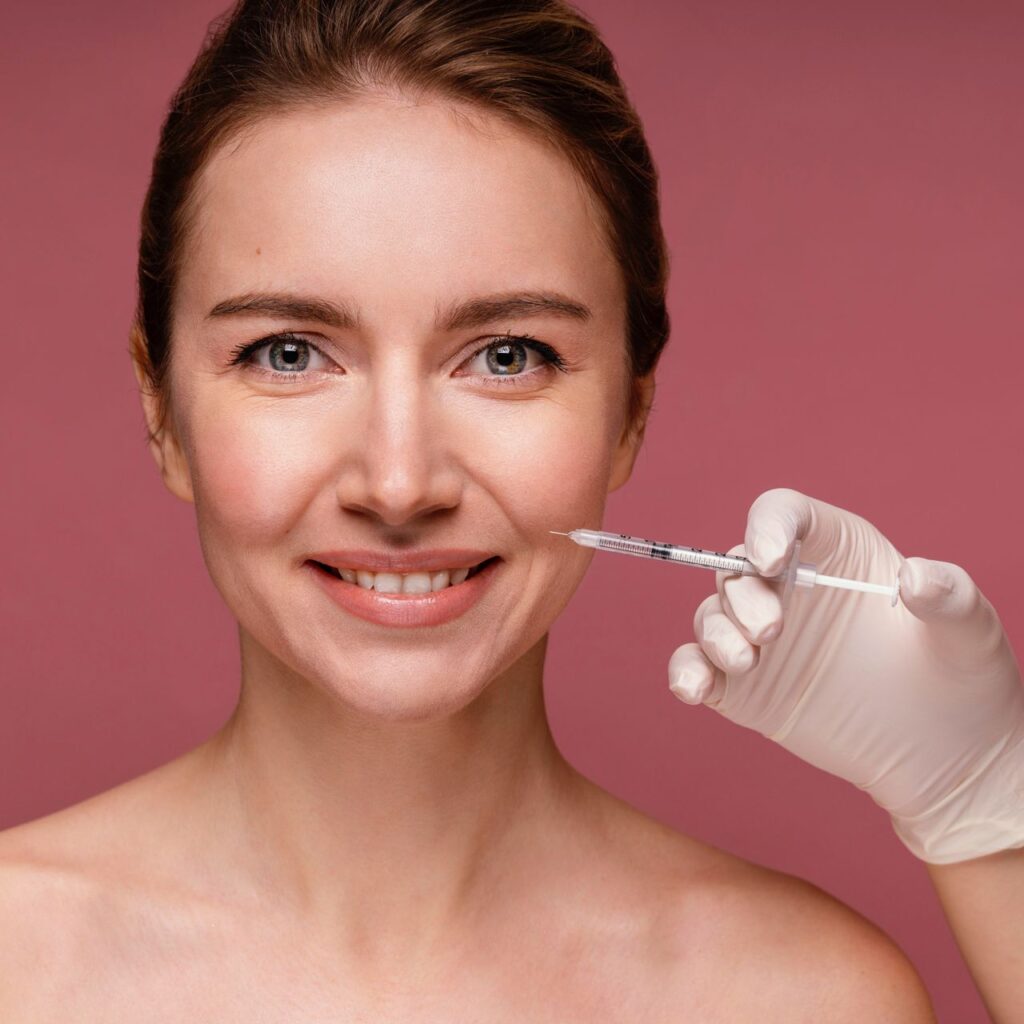Injectable treatments, such as Botox or fillers, have become the gold standard in aesthetic medicine. They offer quick, effective results with minimal invasiveness, but the success of these procedures depends not only on the expertise of the professional and the quality of the products but also on how you prepare and care for yourself after the treatments. If you’re considering getting ‘pricked’ or have perhaps already scheduled an appointment, here are some tips on what you should and should not do before and after injectable treatments.

Pre-Treatment – Preparation is Key to Success
1. Consultation with a Specialist is Mandatory: The first step towards a successful treatment is a detailed consultation with an aesthetic specialist. This isn’t just a formality—the conversation allows the doctor to assess your health, understand your desires, and recommend the best treatment. Be honest about any medications you are taking, any allergies, or previous cosmetic procedures. For example, certain supplements or medications, like aspirin, can increase the risk of bruising.
2. Avoid Certain Substances: Seven to ten days before the treatment, stop taking non-steroidal anti-inflammatory drugs (like ibuprofen and aspirin) and supplements such as omega-3 fatty acids, vitamin E, or ginkgo, as they thin the blood and increase the chances of bruising.
Alcohol and nicotine are also on the ‘avoid’ list—alcohol can cause dehydration, and smoking slows down the healing process. Stop consuming alcohol at least 48 hours before the procedure, and if you smoke, try to reduce nicotine intake.
3. Hydrate and Care for Your Skin: Well-hydrated skin responds better to injections. Drink plenty of water and use moisturizing creams in the days leading up to the treatment. Avoid aggressive facial treatments, like chemical peels or laser procedures, at least two weeks before injections, as they can irritate the skin.
4. Plan the Right Timing: Injectable treatments are ‘lunchtime procedures,’ but that doesn’t mean you can immediately rush to an important meeting. Bruising, swelling, or redness might occur, so schedule the treatment when you have a few days without major social obligations. Also, if you plan to vacation in the sun, postpone the treatment—exposure to UV rays immediately after injections can cause complications.
Post-Treatment – Care for Yourself Carefully
- Follow Expert Instructions: Every injectable treatment comes with specific post-procedure instructions. For example, after Botox, avoid bending your head down or lying flat for 4-6 hours, as this can affect the migration of Botox, potentially causing undesirable effects. Strictly adhere to professional advice to ensure optimal results.
- Cool Down, But Gently: If you notice swelling or redness, cold compresses can help, but never apply them directly to the skin—use a soft towel for protection. Avoid pressing on the treated area, as this could shift the injected substance or cause additional irritation.
- Do Not Touch Your Face: For the first 24 hours, avoid touching the treated area, applying makeup, or washing your face aggressively. Bacteria from hands or products can cause infection at the injection site. After 24 hours, gentle cleansing and light moisturizing cream are allowed.
- Avoid Heat and Strain: Saunas, exercising, hot showers, and sun exposure are prohibited for at least 48 hours after treatment. Heat can increase swelling, and sweating during exercise increases the risk of infection. If you’re a gym enthusiast, take a break from intense workouts for a few days.
- Do Not Schedule Hair Appointments: Any hair treatment—dyeing, washing, and blow-drying—that requires an unfavorable head position immediately after a cosmetic procedure can compromise the results. (However, you can wash and style your hair yourself in the usual way—the next day after the procedure.)
- Avoid Massages: Full-body massages should be avoided for several weeks post-procedure. Why? Placing your face in a special hole on the massage table will cause unwanted pressure.
- Be Patient with Results: Results from Botox become visible after 3-7 days, while fillers often offer immediate effects, but the final appearance ‘settles’ after two weeks. If you notice asymmetry or something concerning, wait the recommended period before returning for correction—hasty interventions can worsen the situation.
The Golden Rule – Communication with Your Specialist
Whether this is your first or tenth injectable treatment, the key to success lies in trust and communication with your aesthetic specialist. If you have any doubts—from a strange feeling at the injection site to questions about long-term care—reach out to the clinic. Reputable clinics, like ours, are always there to provide support and ensure you look and feel your best.
Injectable treatments are a fantastic way to refresh your appearance and boost your confidence, but they require responsibility and commitment. With good preparation, careful post-treatment care, and collaboration with your aesthetic specialist, the results will be natural, long-lasting, and impressive.
Ready for your ‘treatment’? Schedule a consultation and start towards the best version of yourself!
Leave a Comment